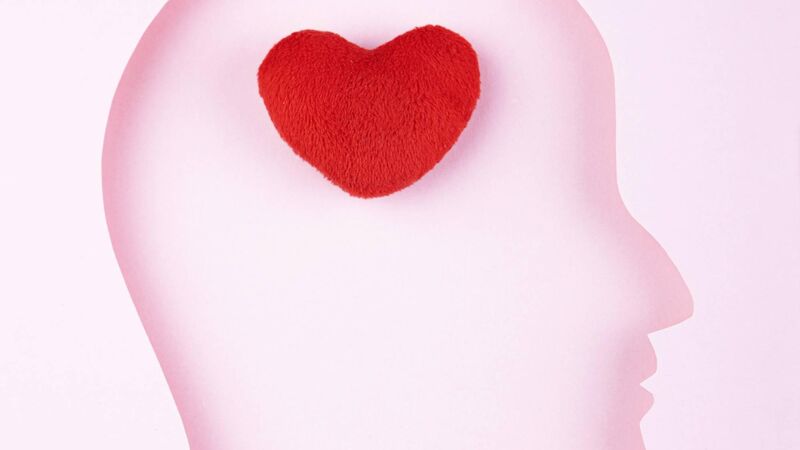Love on the brain: How dopamine drives our connections and relationships


Celebrating 25 years of health and wellbeing
Try from €1.50 / week
SUBSCRIBE
Sandra Langeslag: The longer people are in love, they experience less passionate love and more companionate love.
As I prepare to ask one of the world’s foremost experts on love about the neuroscience behind matters of the heart, she is in the midst of setting up her laptop with assistance from her husband.
Though he is off camera, I hear Dr Helen Fisher warmly acknowledge him — “Thank you, sweetie”— before sitting down.
CONNECT WITH US TODAY
Be the first to know the latest news and updates

Celebrating 25 years of health and wellbeing
Newsletter
The best food, health, entertainment and lifestyle content from the Irish Examiner, direct to your inbox.
Newsletter
The best food, health, entertainment and lifestyle content from the Irish Examiner, direct to your inbox.

Our team of experts are on hand to offer advice and answer your questions here
© Examiner Echo Group Limited